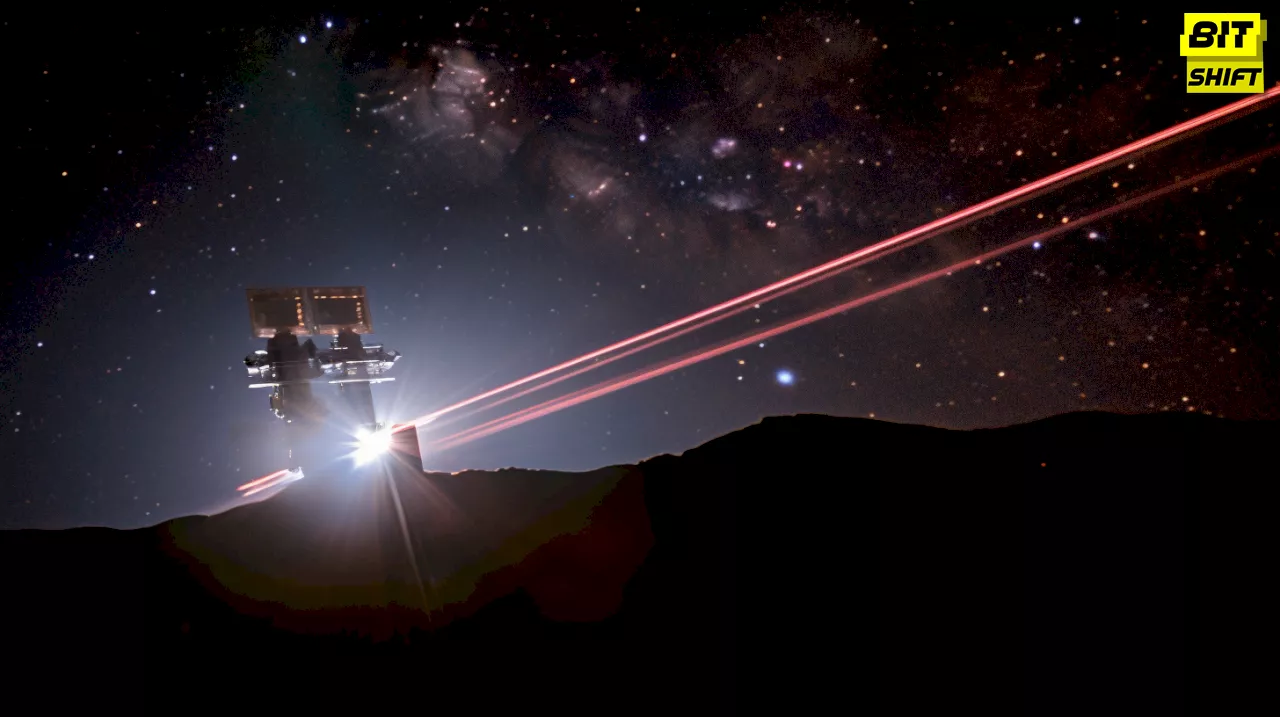
Summary
NASA has taken a significant step towards expanding the World Wide Web across the galaxy by transmitting messages via laser at almost 10 million miles. This successful test is part of the Deep Space Optical Communications (DSOC) experiment and marks a crucial milestone in interplanetary communication.
In a groundbreaking achievement, NASA has successfully demonstrated a critical technology that could help expand the World Wide Web across the galaxy. This monumental feat involves transmitting messages via laser across a staggering distance of almost 16 million kilometers, or 10 million miles. To put this into perspective, that’s about 40 times farther than the Moon is from Earth.
This is the first instance of optical communications being sent across such an immense distance. Traditionally, radio waves are used to communicate with distant spacecraft. However, higher frequencies of light, such as near-infrared, offer an increase in bandwidth, thus substantially boosting data speed.
“Achieving first light is one of many critical DSOC milestones in the coming months, paving the way toward higher-data-rate communications capable of sending scientific information, high-definition imagery, and streaming video in support of humanity’s next giant leap,” explains Trudy Kortes, Director of Technology Demonstrations at NASA Headquarters.
The successful establishment of this communication link, known as ‘first light,’ is part of NASA’s Deep Space Optical Communications (DSOC) experiment, a revolutionary initiative that seeks to improve existing methods of getting information back to Earth from deep space.
How Does It Work?
Being infrared light, engineers can easily transmit its waves in laser form. This doesn’t make the light move faster, but it tidies and constrains its beam to a narrow channel. This requires far less power than a scatter of radio waves and is more challenging to intercept.
However, this isn’t a simple task. Data bits are encoded in the photons emitted by the laser, which necessitates several heavy-duty instruments, including a superconducting high-efficiency detector array, to prepare the information for transmission and translate it at the other end.
Another challenge is having the system adapt its positioning configuration in real-time. In this latest test, the laser photons took about 50 seconds to get from the spacecraft to the telescope, and both hurt through space while this was happening.
The Future of Laser Communication
The laser transceiver that made the connection is on board the Psyche spacecraft, on a two-year tech demo mission headed for the asteroid belt between Mars and Jupiter. It made contact with the Hale Telescope at the Palomar Observatory in California. Psyche is scheduled for a fly-by around Mars, and tests will continue to refine and improve this innovative near-infrared laser communication method.
“It was a formidable challenge, and we have a lot more work to do, but for a short time, we were able to transmit, receive, and decode some data,” says Meera Srinivasan, DSOC operations lead at the NASA Jet Propulsion Laboratory. As NASA continues to work on this technology, the potential to revolutionize interplanetary communication and usher in a new era of space exploration is within sight.
Share the Article by the Short Url:






